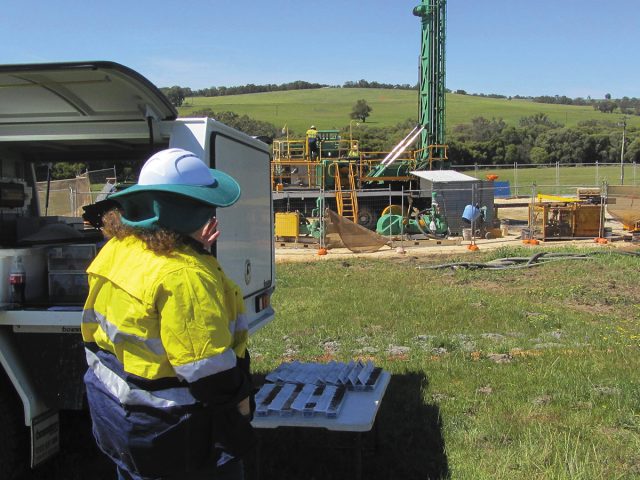Gingin Water Group
During the preparation of the Gingin Groundwater Allocation Plan the Department of Water (now DWER) recognised the importance of better understanding how the Gingin Dandaragan Plateau captured, stored and conveyed water within its confines. It was important to know more accurately the interaction between the close-to-surface soils and the various creeks and brooks that originate on the plateau.
Many environmentally important water dependant ecosystems require a water supply to remain viable. Much of the farming in this area is grazing and pasture related. Sufficient water must be allocated for that purpose. Recently more intensive agriculture has required the use of much larger quantities of water and often from deeper aquifers.
The Regulator needed to know how these increasingly diverse uses were interacting with each other, if at all. All this in a drying local climate with increasing water demand.
To this end DWER undertook a deep bore drilling program known as the East Midlands Project. The DWER considered the need so important it budgeted $5 million to the project.
A total of 27 bores were sunk to a total depth of 5,438 metres in an area north of Gingin bounded by Brand Highway and Bindoon Moora Road and from Moondah Brook to Gillingarra. Nineteen of these went deep into the Leederville aquifer, varying between 100m and 300m each. Each bore was soil type logged every 10m. All these samples will be stored, analysed and described. All bores were screened to the lower aquifer and sealed. Water quality and yield was determined and each bore was fitted with a data logger. None of the bores will be used for actual extraction.
One of the two hydrologists responsible for this project is experienced in geophysical bore logging techniques. All these bores were logged in this manner, as well as in the traditional way. The extra data collected is complicated, and expensive to obtain, but once analysed will complement the local data obtained using two airborne electromagnetic resonance (EMR) surveys conducted earlier.
DWER also undertook an earlier very deep bore project involving 12 bores into the Yarragadee aquifer west of Brand Highway and a series of investigations to assess the health of Gingin and Lennard Brooks. Comprehensive presentations of the findings of these plus the EMR surveys were presented by DWER at a public meeting organised by the Gingin Water Group in October 2018.
Technical details are available on the DWER website or can be accessed by contacting Gingin Water Group on info@ginginwater.org.au.








